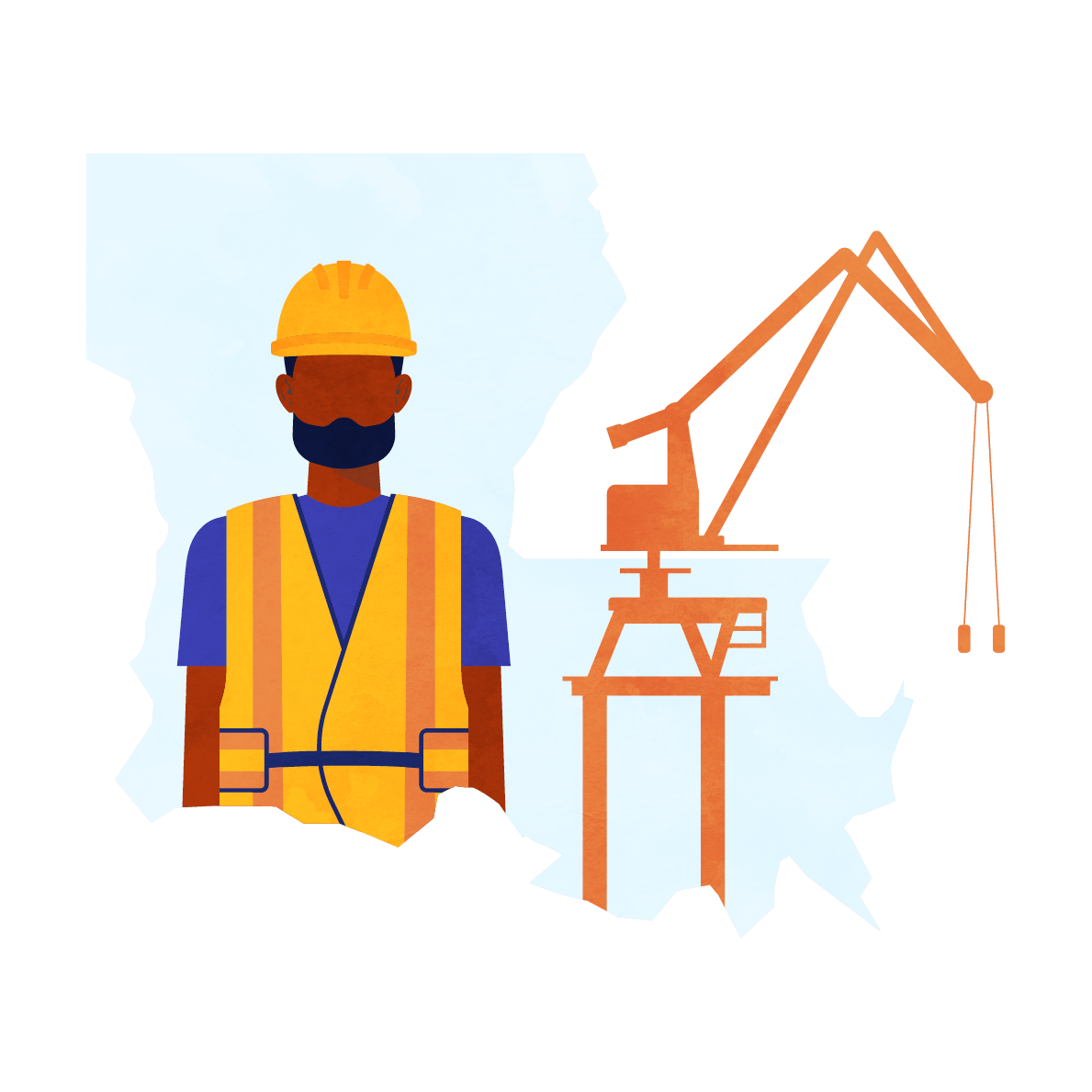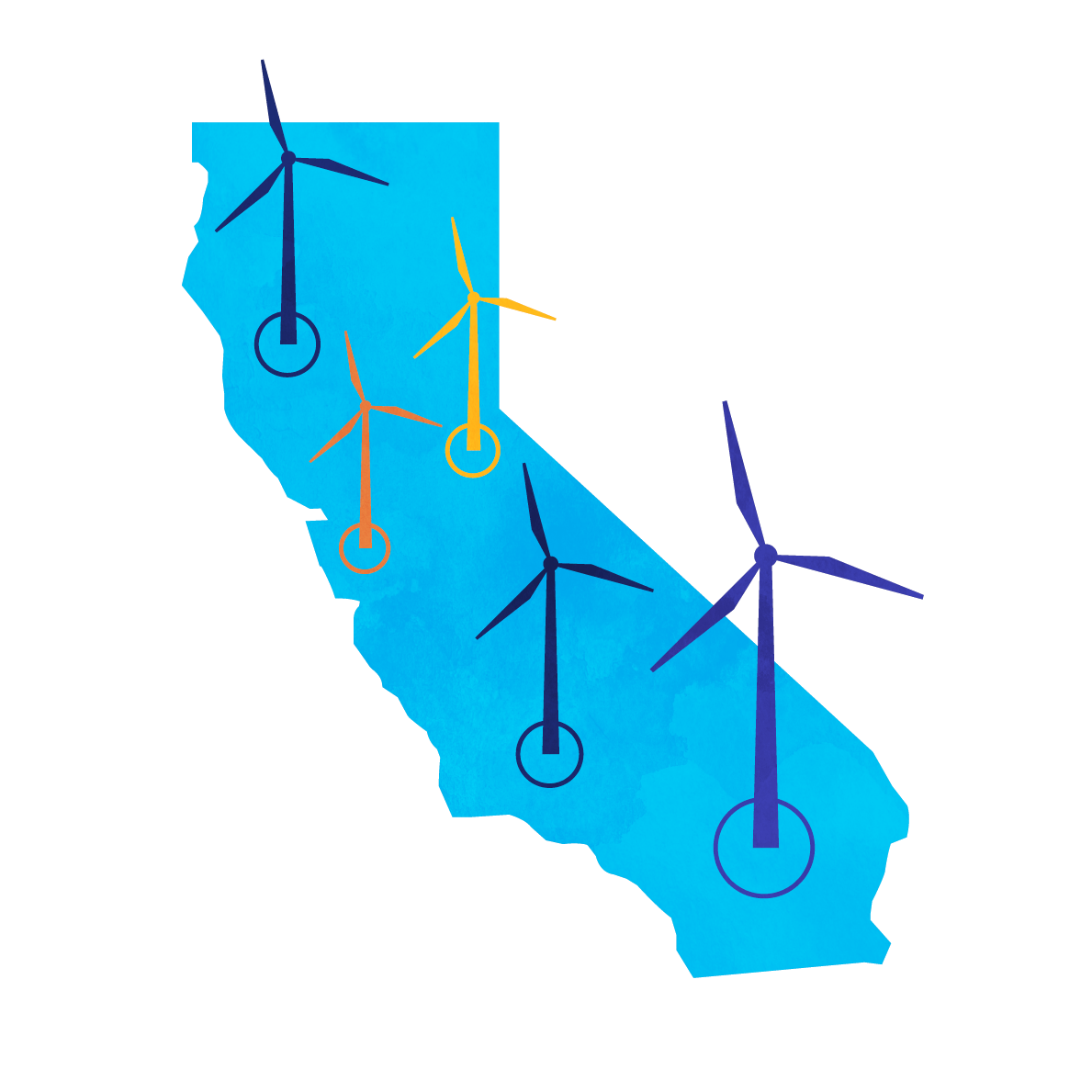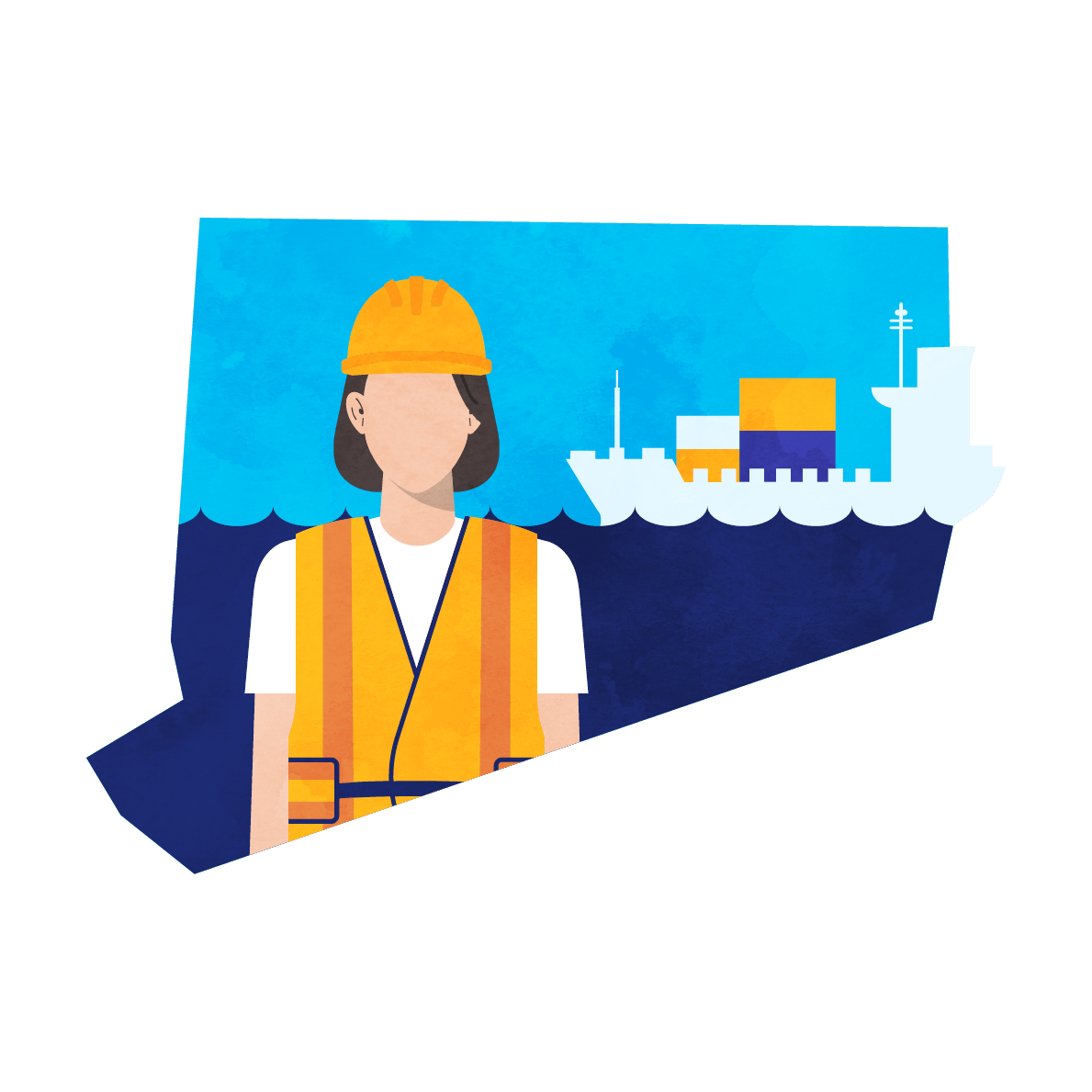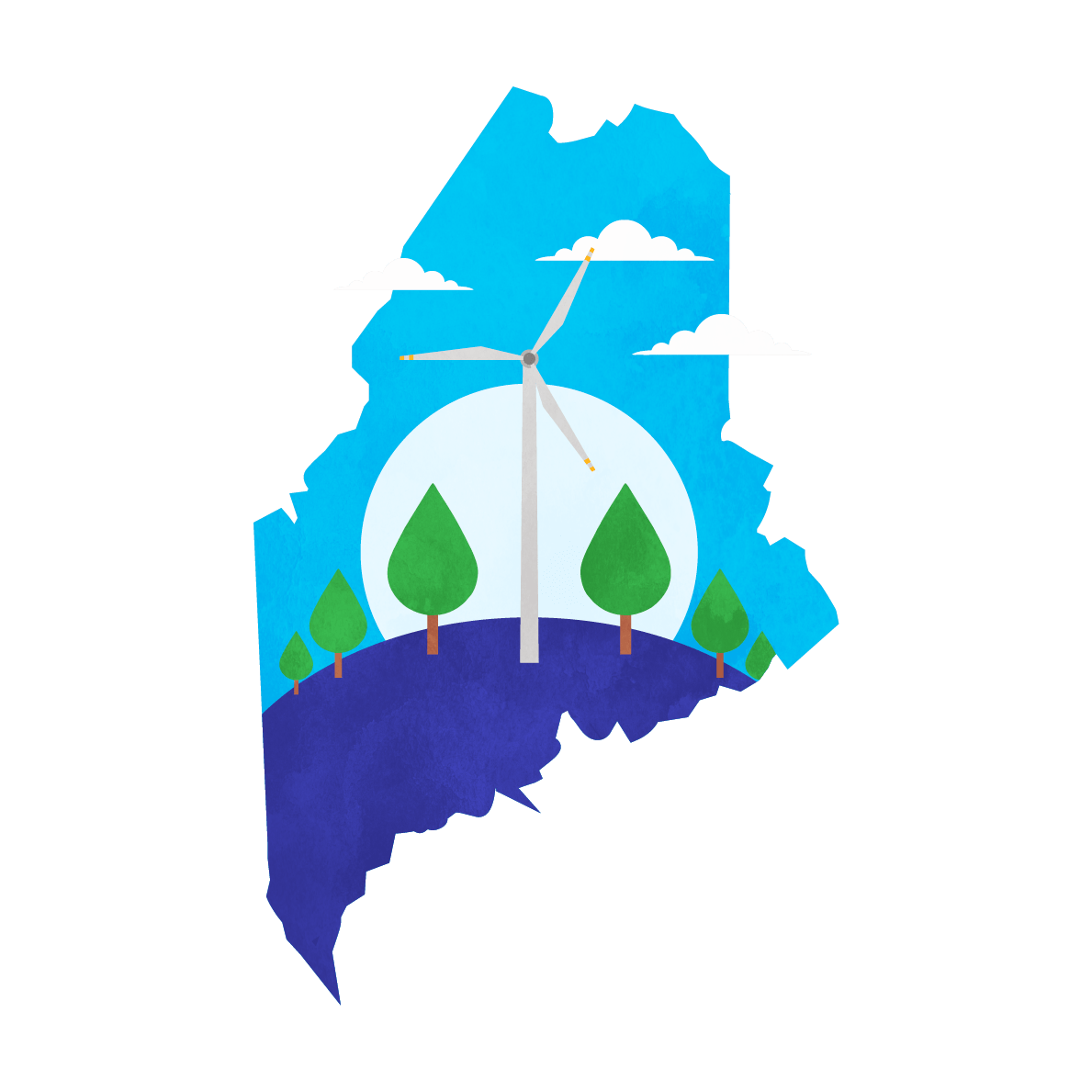THE STATE OF
OFFSHORE WIND
- 0%
- 25%
- 50%
- 75%
- 100%
ENERGY IS THAT?
12 STATES
HAVE MADE
A
COMMITMENT TO
OFFSHORE WIND
HAVE MADE
A
COMMITMENT TO
OFFSHORE WIND
Offshore wind development in Oregon is keeping community feedback and engagements in mind, as the state’s Wind Energy Areas will avoid 98% of commercial fishing areas that were recommended for exclusion.

Louisiana’s shipbuilders constructed the Eco Edison, a U.S.-built, Jones Act-compliant offshore wind service operations vessel that will operate on multiple offshore wind projects, including Revolution Wind, Sunrise Wind, and South Fork Wind, while housing up to 60 wind turbine technicians.

North Carolina has two highly specialized and well-connected deep-water ports that can support the manufacturing of more than 8,000 wind turbine components and over 55 wind manufacturing and service companies that are capable of supporting the offshore wind industry supply chain.

California’s five Wind Energy Lease Areas will result in over $117 million for floating offshore wind domestic supply chain investments and workforce training programs that can advance environmental justice by boosting local economies and leading to a healthier, more sustainable future with offshore wind energy.

After Block Island replaced its noisy and polluting diesel generators with offshore wind power in 2017, energy prices stabilized and island residents were freed from unmanageable, volatile diesel fuel prices.

Even though Delaware has not yet installed any offshore wind turbines, massive wind turbine components have already been seen traveling up the Delaware River, highlighting the region’s growing role in offshore wind infrastructure.

Connecticut’s New London State Pier, a modern, heavy-lift-capable marine terminal that played a key role in staging and assembling South Fork Wind’s turbines, is supporting multiple offshore wind projects that will deliver power throughout the East Coast and is expected to create around 855 jobs during terminal infrastructure improvements plus more than 400 high-skilled, long-term clean energy jobs once construction is complete.

BOEM finalized a 2-million-acre Wind Energy Area in the Gulf of Maine that has the potential to generate up to 32 megawatts of clean power and help Maine exceed its current offshore wind energy goals – with capacity left to help Massachusetts meet its goals too.

The New Jersey Wind Port, the country’s first purpose-built offshore wind marshaling port, is expected to support up to 1,500 jobs in the long term and generate up to $500 million in new economic activity within the state and region annually.

The offshore wind power that Virginia’s first project, CVOW, will provide is greater than the entire offshore wind capacity of Denmark, a global pioneer of offshore wind energy.

In Massachusetts cities like New Bedford and Salem, major investments in their ports are creating hubs for New England’s offshore wind industry, bringing local jobs and economic development.

The historic Bethlehem Steel facility in Baltimore – once the world’s largest steel mill – is being redeveloped as Sparrows Point Steel which will build monopile foundations and other steel components for offshore wind.

New York’s South Brooklyn Marine Terminal, one of the country’s largest port facilities, is being revitalized into a cutting-edge offshore wind assembly and maintenance facility that will support the Sunset Park community by creating around 1,200 green energy jobs that can strengthen the area’s climate resiliency and local economy.
